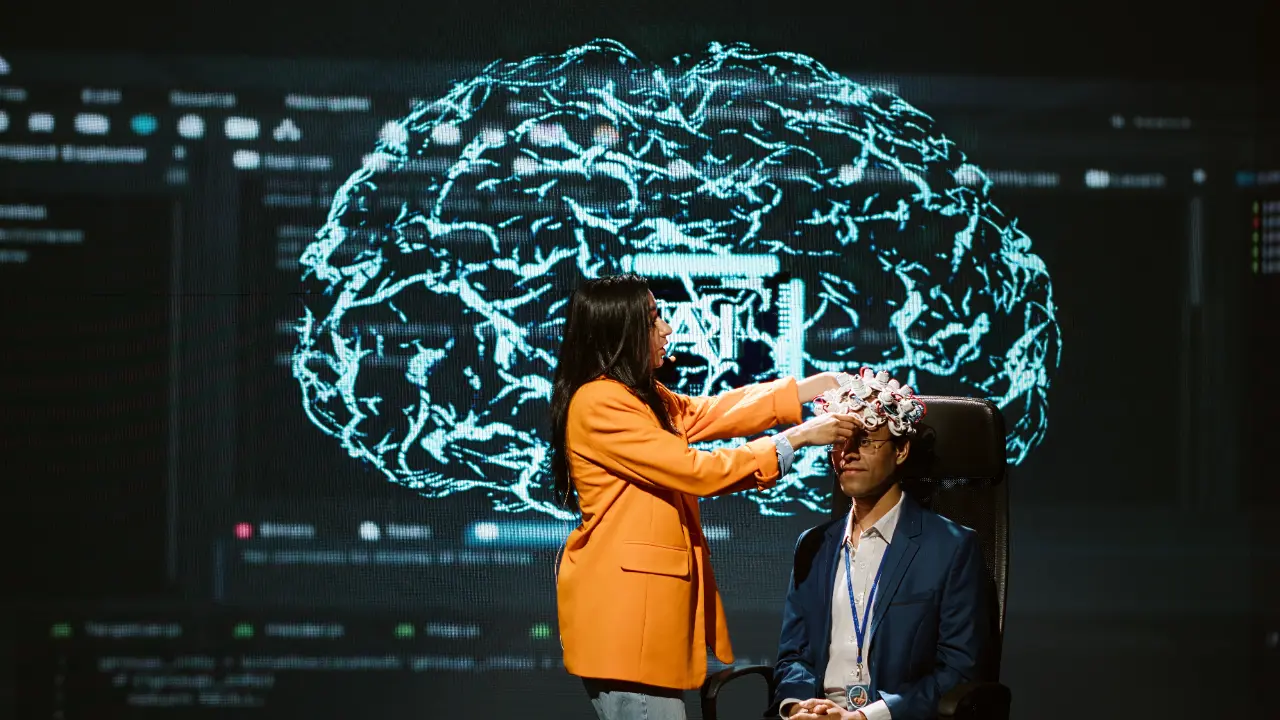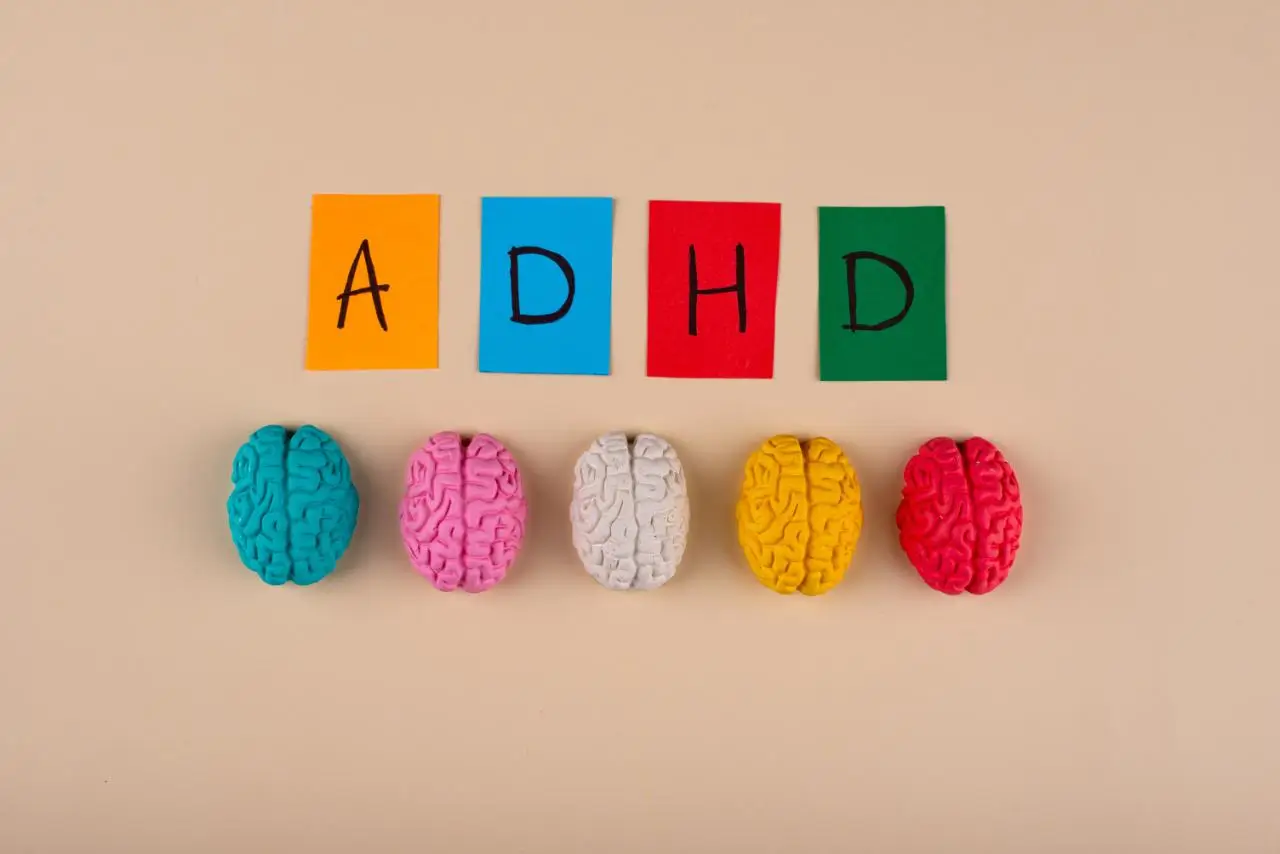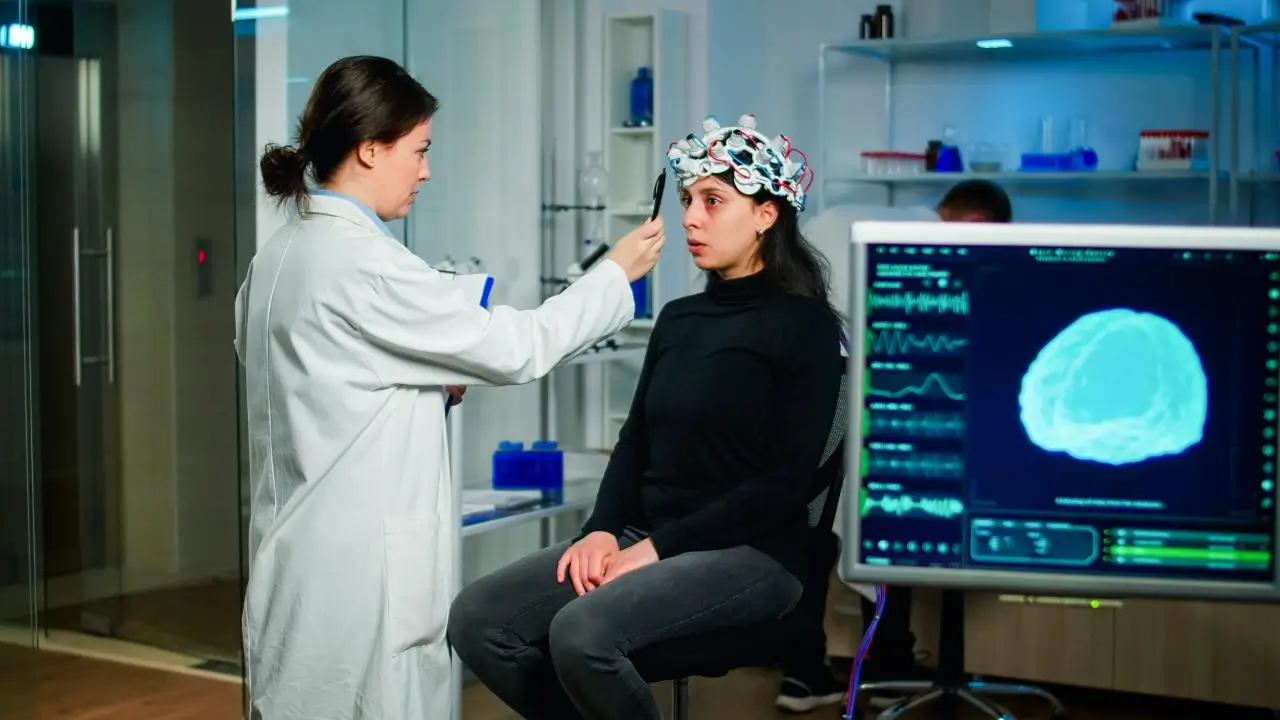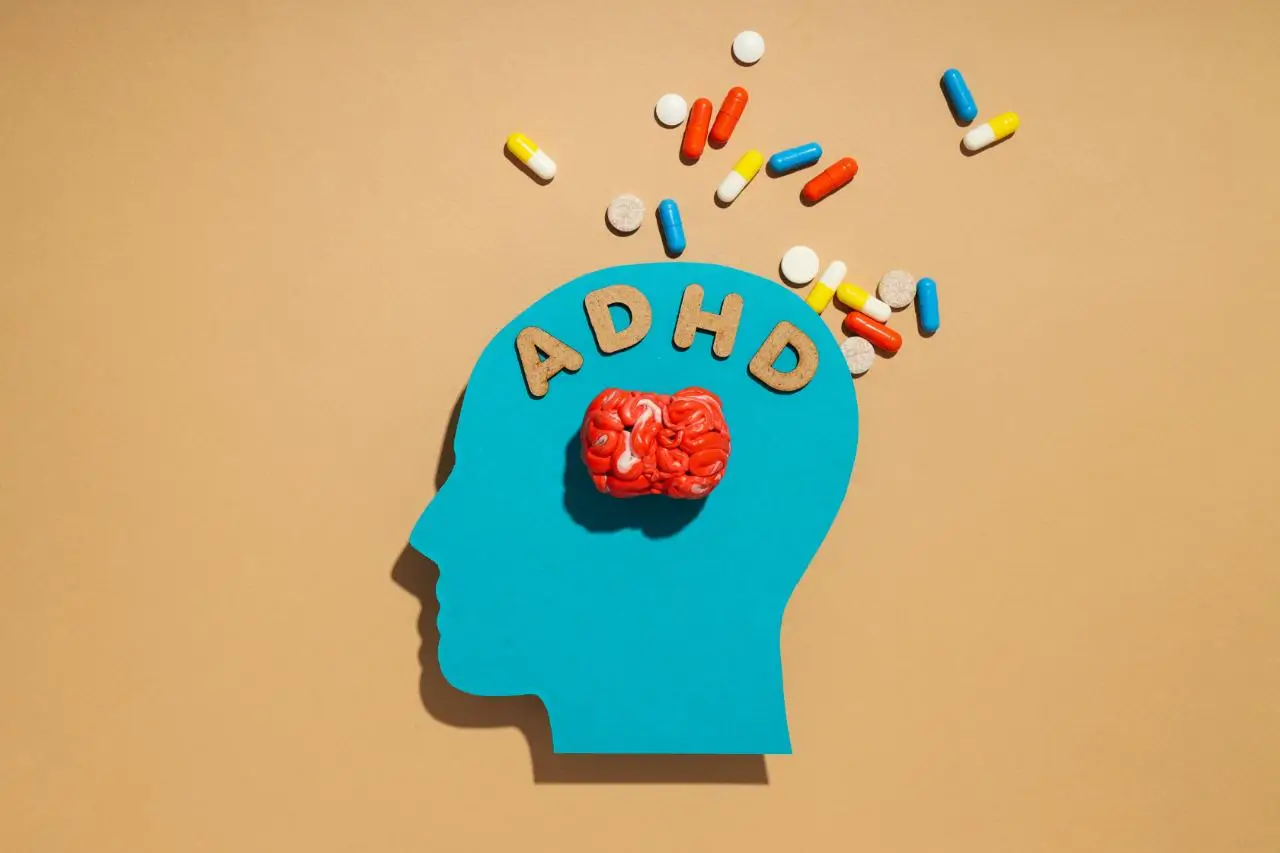This article will explore the role of neuropsychological testing in learning disabilities. It will shed light on the process, its benefits, and what to expect.
Understanding the complexities of ADHD, a common neurodevelopmental disorder, can be challenging.Is it a learning disability? Or perhaps an intellectual disability?
Psychological evaluations are crucial tools used by mental health professionals to understand various aspects of an individual's mental health.
Neuropsychological testing plays a crucial role in this journey. It provides a comprehensive view of an individual's cognitive functioning.
Neuropsychological testing is a powerful tool in the field of mental health. It provides a comprehensive assessment of cognitive abilities and brain function.
Attention Deficit Hyperactivity Disorder (ADHD) is often misunderstood, especially when it comes to diagnosing adults.
Attention Deficit Hyperactivity Disorder (ADHD) is often associated with children. However, it's not just a childhood condition.
Psychological evaluators provide comprehensive services addressing emotional and mental needs, including assessments, therapies, and support for immigration processes.
Discover how biofeedback therapy at The Green Room Psychological Services in San Diego can help you manage trauma-related symptoms, including PTSD, anxiety, and more.
Explore how ADHD is evaluated and managed, including symptoms, diagnostic processes, and general guidelines. Learn about the role of professional psychological support in managing ADHD effectively.
Learn how to manage ADHD (Attention Deficit Hyperactivity Disorder) effectively through attention span reinforcement, stress management, and lifestyle changes.
Discover how neuropsychological evaluations can illuminate the complexities of ADHD, guiding effective diagnosis and treatment strategies for children and adults alike.
ADHD
Attention Deficit Hyperactivity Disorder, commonly known as ADHD, is a prevalent condition. It affects both children and adults, impacting their daily lives and relationships.
ADHD is characterized by three core symptoms: inattention, hyperactivity, and impulsivity. These symptoms can manifest differently in each individual, making ADHD a complex disorder to understand and manage.
This article aims to shed light on ADHD. It provides comprehensive information about its symptoms, diagnosis, and treatment options. The goal is to help individuals better understand this condition and seek appropriate help if needed.
Whether you suspect you or a loved one might have ADHD, or you’re an educator seeking to understand ADHD in students, this guide is for you. It’s also for anyone interested in learning about this disorder.
By the end of this article, you’ll have a deeper understanding of ADHD. You’ll also learn about the various strategies for managing its symptoms and leading a fulfilling life.
Understanding ADHD: Definition and Prevalence
ADHD, or Attention Deficit Hyperactivity Disorder, is a neurodevelopmental disorder. It’s characterized by persistent patterns of inattention, hyperactivity, and impulsivity that interfere with functioning or development.
According to the American Psychiatric Association, about 5% of children have ADHD. However, studies among older teens and adults suggest an overall rate of 2.5%. It’s important to note that ADHD is not just a childhood disorder. Many children with ADHD continue to have symptoms as they grow into adolescence and adulthood.
Core Symptoms of ADHD
ADHD is marked by three core symptoms. These are inattention, hyperactivity, and impulsivity. Each of these symptoms presents differently in individuals and can vary in severity.
Inattention refers to difficulty focusing on tasks or activities. It can also involve being easily distracted or having trouble organizing tasks.
Hyperactivity and impulsivity often go hand in hand. Hyperactivity involves excessive activity or restlessness. Impulsivity refers to hasty actions without thought of consequences.
The symptoms can be grouped as follows:
- Inattention: Difficulty focusing, easily distracted, trouble organizing tasks
- Hyperactivity: Excessive activity, restlessness
- Impulsivity: Hasty actions without thought of consequences
ADHD in Different Age Groups: Children vs. Adults
ADHD symptoms can manifest differently in children and adults. In children, hyperactivity is often the most noticeable symptom. They may seem constantly in motion, unable to sit still.
In adults, inattention tends to be the most prominent symptom. They may struggle with organization, prioritizing tasks, and following through on projects.
It’s important to note that ADHD is not just a childhood disorder. Many adults live with undiagnosed ADHD, unaware that their challenges are symptoms of this condition.
Common Myths and Misconceptions About ADHD
There are many misconceptions about ADHD that can lead to stigma and misunderstanding. One common myth is that ADHD is a result of bad parenting or lack of discipline. This is not true. ADHD is a neurodevelopmental disorder with genetic and environmental factors.
Another myth is that only boys can have ADHD. In reality, ADHD affects both genders. However, it may present differently in girls and boys, leading to underdiagnosis in girls.
Lastly, some people believe that individuals with ADHD are just lazy or unintelligent. This is far from the truth. People with ADHD often have unique strengths and can excel in many areas when given the right support.
Causes of ADHD: Genetics and Environment
The exact cause of ADHD is not known. However, research suggests that genetics play a significant role. If a parent or sibling has ADHD, there is a higher chance of another family member having it.
Environmental factors also contribute to ADHD. Exposure to certain toxins, such as lead, during pregnancy or at a young age may increase the risk. Premature birth and low birth weight have also been linked to ADHD.
It’s important to note that these factors increase risk, but do not guarantee an ADHD diagnosis. Each individual’s situation is unique, and many factors can influence the development of ADHD.
The Importance of Early Diagnosis
Early diagnosis of ADHD can make a significant difference. It allows for early intervention, which can improve outcomes. This is particularly true for children, as ADHD can impact their academic and social development.
A timely diagnosis can also help adults manage their symptoms. It can lead to better job performance and improved relationships. It can also help individuals understand their behaviors and feelings, reducing feelings of frustration or self-blame.
In conclusion, early diagnosis of ADHD is crucial. It opens the door to treatment and support, leading to a better quality of life.
Steps to Diagnosing ADHD
Diagnosing ADHD is a multi-step process. It involves a comprehensive evaluation by a healthcare professional. This is to ensure that the symptoms are not due to other underlying conditions.
The evaluation often includes a clinical interview, behavior rating scales, and a review of past academic and medical records. It may also involve input from teachers, parents, or partners.
Here are the general steps involved in diagnosing ADHD:
- Initial consultation and symptom assessment
- Comprehensive evaluation
- Differential diagnosis
- Final diagnosis and treatment planning
Remember, only a qualified healthcare professional can diagnose ADHD. If you suspect you or a loved one has ADHD, seek professional help.
Treatment Options for ADHD
ADHD is a chronic condition that often requires long-term management. Treatment options are varied and often include a combination of medication, therapy, and lifestyle changes.
Medication for ADHD typically includes stimulants and non-stimulants. These can help manage symptoms by improving focus and reducing impulsivity. However, they may also have side effects and should be used under medical supervision.
Non-medical treatments can also be effective. These include:
- Behavioral therapy
- Cognitive-behavioral therapy (CBT)
- Lifestyle changes such as diet, exercise, and sleep
- Use of technology and apps for organization and focus
Remember, treatment should be personalized to the individual’s needs. Regular follow-ups and treatment adjustments are crucial for managing ADHD effectively.
Managing ADHD: Strategies and Support
Managing ADHD involves more than just medication and therapy. It also requires implementing strategies to cope with symptoms and improve daily functioning.
Some effective strategies include:
- Using time management tools and techniques
- Implementing a consistent routine
- Engaging in regular physical activity
- Practicing mindfulness and relaxation techniques
- Using positive reinforcement and structure
Support from family, friends, and community resources is also crucial. This can include support groups, educational resources, and accommodations in school or work settings. Remember, managing ADHD is a journey, not a destination. It requires patience, understanding, and ongoing effort.
Conclusion: Living with ADHD
Living with ADHD can be challenging, but with the right support and strategies, individuals can lead fulfilling lives. It’s important to remember that everyone’s journey with ADHD is unique.
With ongoing research and increased awareness, the future holds promise for improved understanding and treatment of ADHD.











